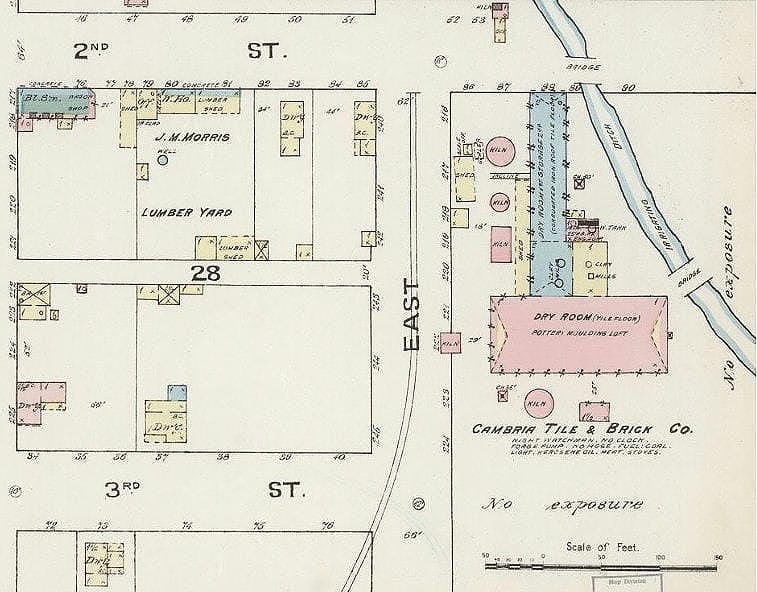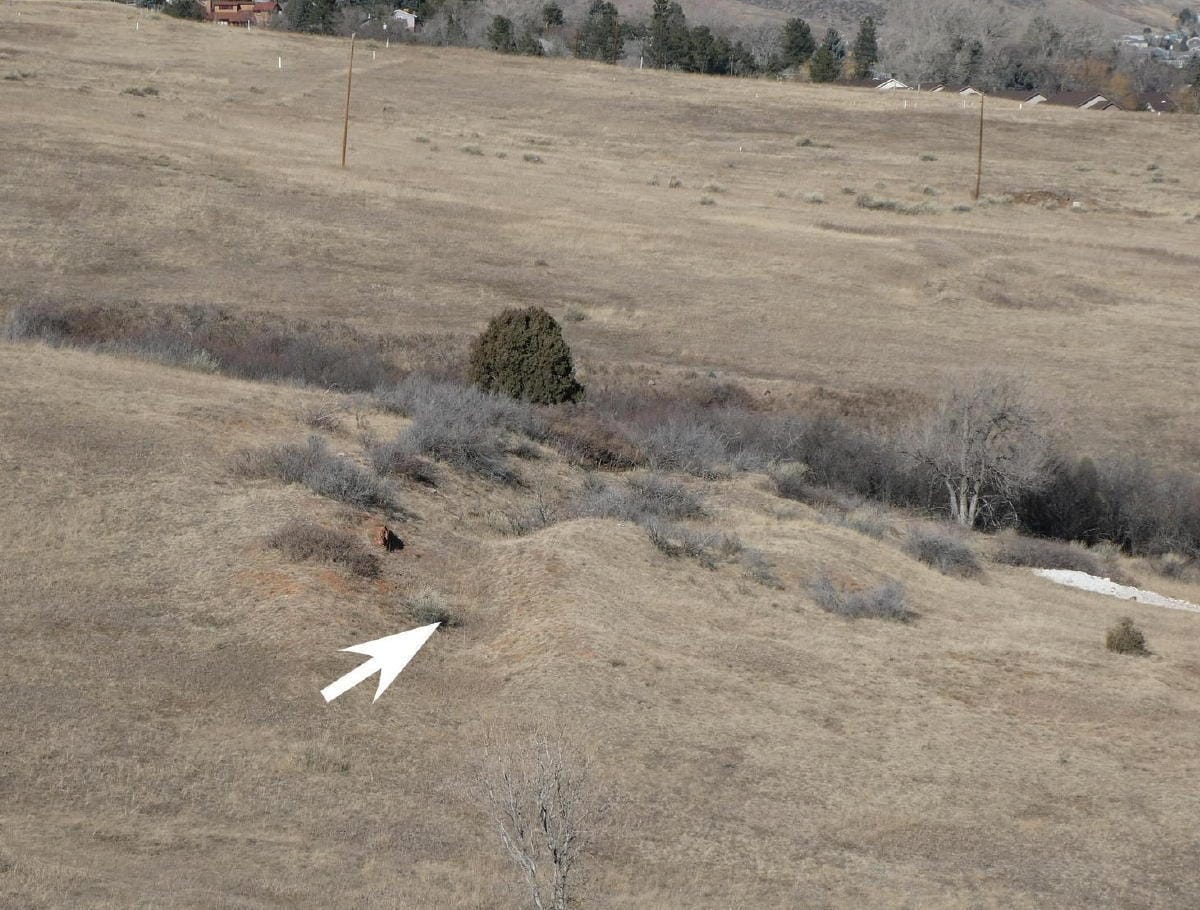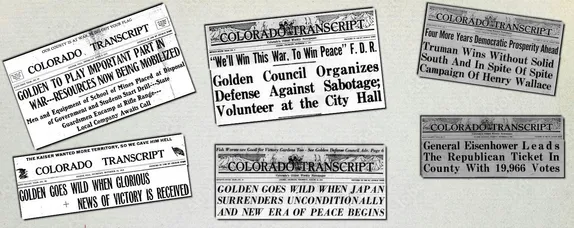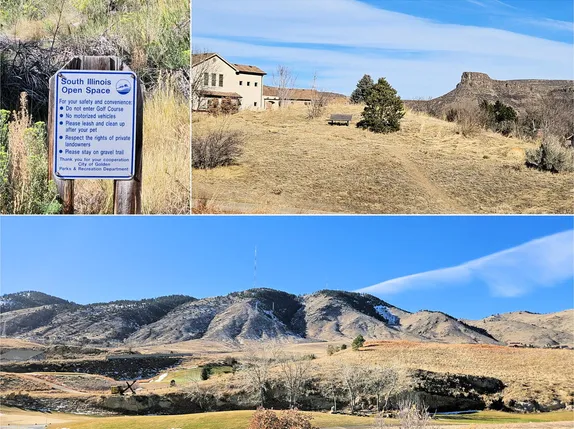By Paul Haseman and Donna Anderson
Formed in 1879 by John Hodges, the Cambria Brick and Tile Company was located at 12th and East St, now covered by south end of the Coors Brewery and parking lot. The Cambria company promptly “leased fire-clay and lime seams near Hoyt’s ranch,” located at the south end of today’s Illinois Street [Transcript 16 June 1879].

Golden businessman, Charles Welch, a Cambria investor, became the company Superintendent. Welch also conveniently co-owned the “lime seams” leased to Cambria and was the President of the Golden & South Platte RR. The G&SP began laying rail in 1879 from the Colorado Central Railyard, across Clear Creek on a former East St bridge, past Cambria’s new brick plant and then across Ford to now Jackson St. The curve in the current road linking Ford to Jackson is the original rail route to Jackson St (then Miners St). The route proceeded to today’s Golden High School, where a half-right turn took the rails southeast parallel to Kinney Run. A spur of the G&SP continued up Kinney Run to the new lime kiln.

The Cambria kiln was built in 1879 with sandstone of the Lyons Formation from the cliff behind the kiln and along Kinney Run. The kiln was conveniently located near the “lime seams” in the Glennon limestone (i.e. the “bastard” limestone descibed by geologist F.V. Hayden). Quarried in linear trenches along today’s Somerset Drive and across the Mines survey field, limestone was heated to high temperature in the Cambria kiln forming calcium oxide, or quicklime, which was then combined with water to make mortar. G&SP rail cars transported the quicklime to Hodges’ and Welch’s brickyard. An early brickyard customer in January 1880 was the School of Mines, which purchased 75,000 bricks to construct Mines’ first campus building.
The Cambria kiln operated 13 years until 1892, when the local lime seams were exhausted and cheaper and better Portland cement sidetracked the lime/mortar business in Golden.
In 2005 a City Council Resolution recognized “the unique geologic areas in the Eagle Ridge area (including the Dakota hog back, Cambria Lime Kiln, Kinney Run Trail, and riparian areas)” and designated them “as a geologic and environmental education park.” In 2009 the City and the Golden Civic Foundation restored the base of the kiln and placed interpretive signs. It is the only remaining lime kiln in Jeffco and a reminder of Golden’s mining history.
Donna Anderson and Paul Haseman published a book called Golden Rocks! about the geology and mining history of Golden. You can read it for free online!
Many thanks to Esther Kettering for sponsoring Golden History Moments for the month of August.







